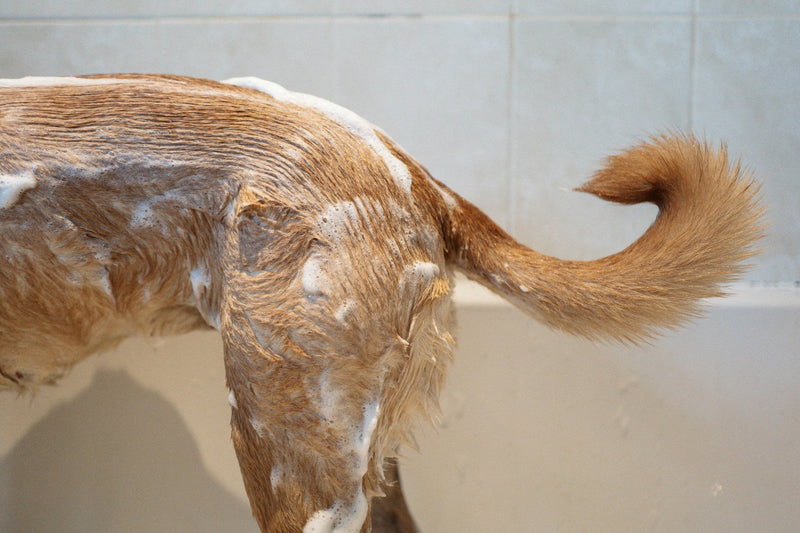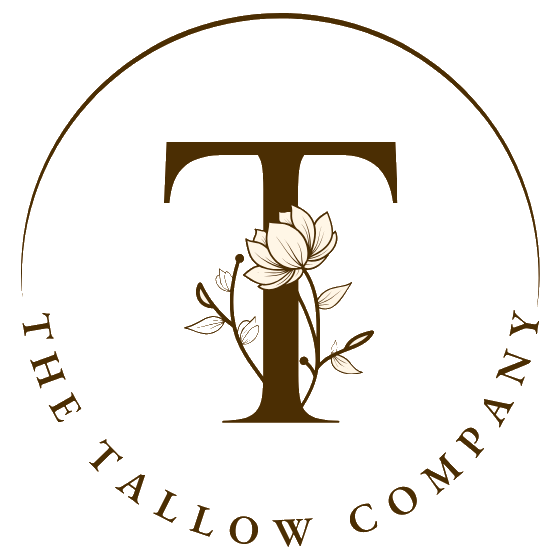Natural Tallow Soap Recipe for Dogs with Itchy Skin

If you've watched your dog scratch endlessly after bath time, you're not alone—most commercial dog shampoos strip natural oils and disrupt the delicate pH balance of canine skin. The problem isn't just the harsh detergents; it's that human soap formulas simply don't work for dogs whose skin operates at a completely different pH level (7.5 versus our 5.5). After years of making tallow soap for my family's sensitive skin, I discovered that properly formulated tallow soap provides the gentle, nourishing clean our four-legged friends desperately need. Here's what makes this recipe different: it respects your dog's unique skin chemistry while harnessing tallow's traditional healing properties.
Why This Natural Dog Soap Works
The science behind this formulation addresses three critical factors that conventional dog shampoos ignore:
- pH-balanced formula (7.0-7.5): Dogs' alkaline skin requires a gentler approach than human products provide—this recipe's 10% superfat and specific oil blend creates the optimal pH range that veterinarians recommend
- Biocompatible fatty acids: Tallow's composition mirrors natural canine sebum with oleic (47%), palmitic (26%), and stearic acids (14%) that actually strengthen the skin barrier instead of stripping it
- Zero essential oils: Unlike trendy "natural" dog products, this recipe eliminates all essential oils—even "safe" ones can overwhelm dogs' sensitive olfactory systems (they smell 10,000x better than we do)
The Essential Ingredients
- Grass-fed Tallow: The cornerstone ingredient provides vitamins A, D, E, and K directly to skin tissue while creating a protective barrier that's completely safe if licked. Traditional farmers have used tallow on livestock wounds for centuries—it's time we brought this wisdom back.
- Colloidal Oatmeal: Ground to superfine powder, oatmeal delivers clinically-proven anti-inflammatory benefits that calm itchy, irritated skin. Studies show it reduces scratching by up to 30% in dogs with allergic dermatitis.
- Coconut Oil (limited to 15%): Provides cleansing action without over-stripping natural oils—the lauric acid content offers natural antimicrobial properties against common skin pathogens while maintaining coat shine.
- Neem Oil (2% dilution): Nature's pest deterrent with 82-95% effectiveness against ticks when properly diluted, plus antifungal properties that help prevent secondary infections from scratching.
Using Your Tallow Dog Soap
This soap transforms bath time from a harsh chemical assault into genuine skin therapy:
- Wet your dog thoroughly with lukewarm water, then work the bar into a lather between your hands first—never rub the bar directly on sensitive areas
- Focus on problem zones but rinse within 3-5 minutes to prevent over-drying
- Store the cured soap in a well-draining dish between uses (it will last 6-8 months)
- For dogs with chronic skin issues, follow with an apple cider vinegar rinse (1:10 dilution) to restore optimal pH
